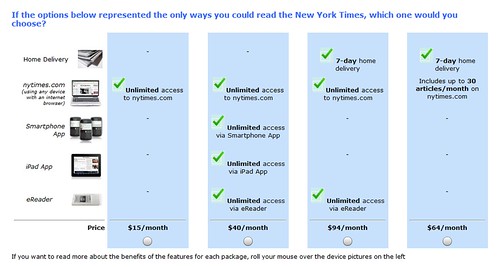Upstairs, disconnected for years, is an old Western Electric wall phone. Dark green, the kind with a bell that woke that dead. Rotary dial. Stick a finger in a number, crank it over to the metal stop, and wait for it to return before doing it again with a different hole. In the center of the dial is the number – the same number this house has had since it first received phone service lord knows when. GA8-6948 a throwback to an era when numbers had names to denote the exchange. Our was “Garden Eight”

As a kid I recall two things about the phone. First was the inviolate rule of the party line. We shared the line with three other houses and our ring was one short and two long. I was banned from ever answering until an adult confirmed the ring was ours. Of course that didn’t stop my brother and me from listening in to George and Millie or Fred and Betty or the nice old lady next door.
The number was simple. Massachusetts had a single area code — 617 — and all we needed to dial were five numbers. 8-6948. The boat yard in Osterville, Crosby’s, was 8-6958, so we got a lot of misdials looking for one of the Crosby uncles.
Five digits went away in the 70s as the switches were upgraded and the population grew. We had to dial all seven digits: 428-6948. Then the 617 area code that covered the state was overloaded and in came the hated 508 area code. And before long we were a touchtone house.
But the old phone still sits upstairs, screwed into the wall above the laundry folding table.


